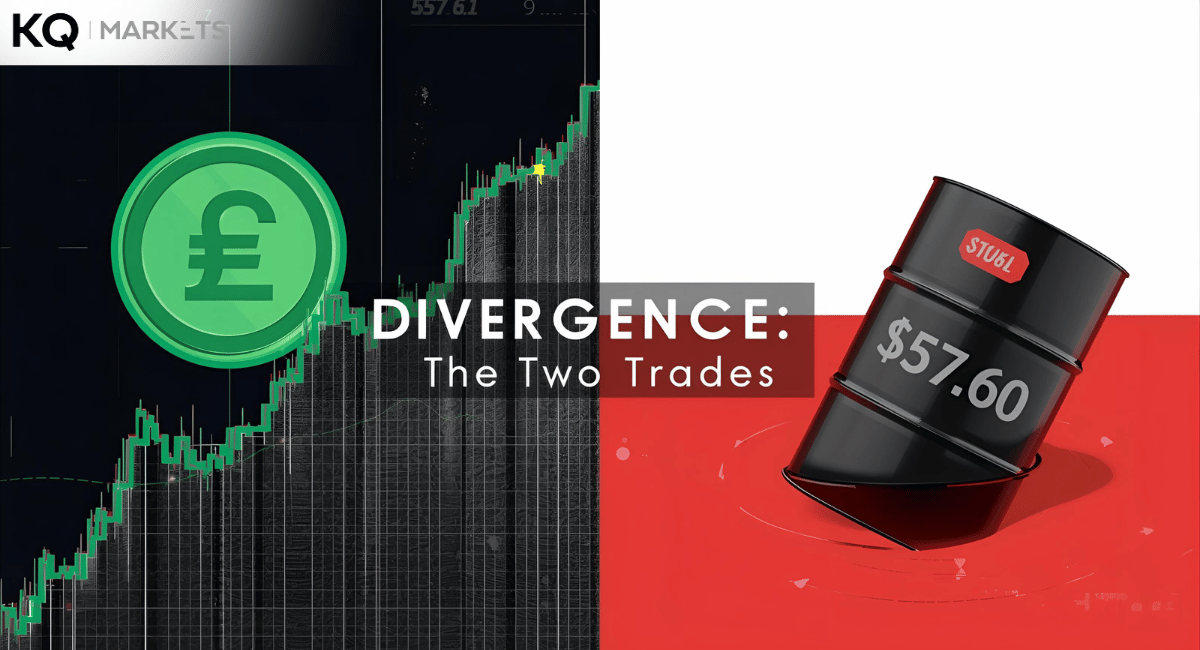Bitcoin is on track for its worst month since the 2022 crypto collapse, shedding over 23% in November. The failure to hold key support levels, driven by cascading liquidations and waning institutional confidence, signals a fundamental market reset. Here is our expert breakdown of the key drivers and risks.
The digital asset market is in full retreat. Bitcoin (BTC) slid to $81,629 on Friday, capping a brutal correction that has wiped out over $1.5 trillion from the combined market value of all cryptocurrencies since the crippling liquidation event on October 10. The selling pressure has intensified sharply, driven by a combination of macro uncertainty and deep-seated fears about over-leveraging.
The Domino Effect: Leverage and Contagion
This market drawdown is characterized by forced deleveraging, reminiscent of the 2022 collapse that saw the implosion of TerraUSD and FTX.
- Liquidation Cascade: The initial rout on October 10 wiped out $19 billion in leveraged bets, and selling has only intensified, with a further $2 billion in leveraged positions liquidated in the past 24 hours. This forced selling creates a powerful negative feedback loop, pushing prices down faster than conviction buyers can step in.
- Institutional Retreat: Crucially, institutions are reluctant to "buy the dip." US-listed Bitcoin exchange-traded funds (ETFs) saw $903 million in net outflows on Thursday—their second-largest single-day redemption since launching in January 2024. This retreat of institutional capital removes a vital source of demand that fueled the rally earlier this year.
- Extreme Sentiment: Open interest in perpetual futures has plummeted 35% from its October peak, reflecting an "incredibly poor" sentiment across the board, with many analysts pointing to a “forced seller in the market.”
Macro Headwinds and Corporate Risk
The crypto market is no longer isolated; it is now deeply correlated with global macro risks:
- Fed Doubt: US stocks surrendered recent gains amid concerns over stretched valuations and, critically, renewed doubts about a Federal Reserve rate cut in December. As a non-yielding risk asset, Bitcoin sells off hard when dollar liquidity tightens or rate cut expectations diminish.
- Strategy’s Pain Threshold: A key risk factor is the original Bitcoin hoarder, Strategy Inc. (formerly MicroStrategy). Analysts are warning that a further slide could test the company's pain threshold, potentially triggering margin calls on its highly leveraged holdings. Strategy holds over 640,000 BTC acquired at an average price of approximately $74,032. Although the company holds ample unencumbered Bitcoin to cover its margin requirements, the perception of this risk adds significant pressure to the market.
Technical Outlook: Where Is the Floor?
Bitcoin has plummeted over 30% from its record high set in early October.
- Near-Term Support: The market is testing the nearest liquidity band between $84,500 and $85,000. A failure to defend this zone could lead to a deeper move toward $80,000.
- Historic Line: The ultimate pivotal point for Strategy is near its average cost basis of $74,032. While the current price is significantly above this, the risk is that a continued downward move erodes institutional confidence further.
- Ether's Plunge: Mirroring BTC's weakness, Ether has also suffered, falling as much as 7.6% to below $2,700. Analysts believe ETH needs to break back above $3,000 decisively to regain upward momentum.
This is a market requiring extreme discipline, not emotional "buy the dip" bets.
Navigate extreme volatility with disciplined positioning. Open an Account with KQ Markets today.




